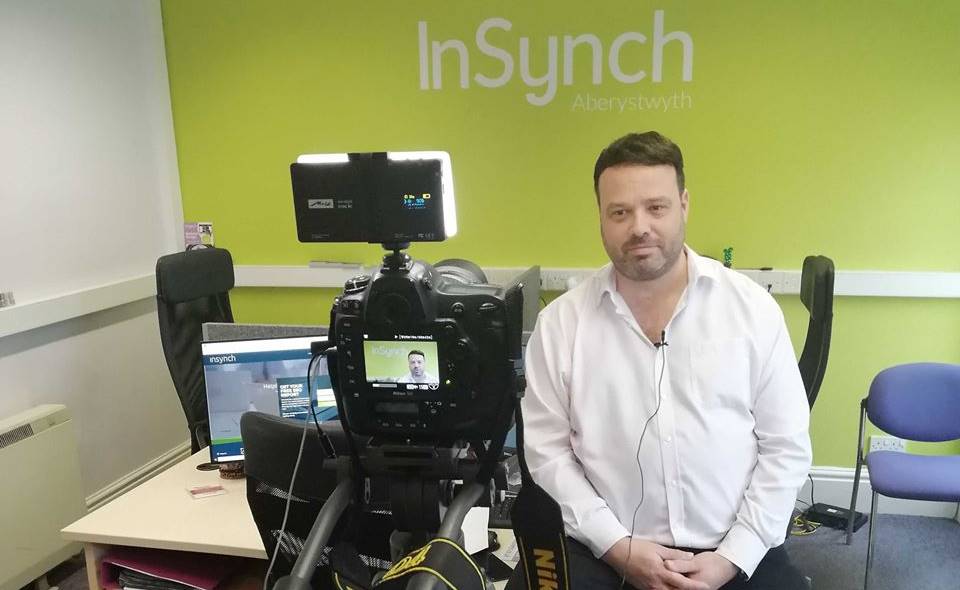‘Influencer’ is a term thrown around far more frequently in recent years, with many businesses finding success from creator collaborations, seeing increased brand awareness and spikes in online sales.
But what really is influencer marketing, and how can you utilise it in your brand’s social media strategy?
Keep reading to explore the platforms best utilised in creator collaborations, types of campaigns and more! Prefer to have a chat instead? Book a FREE 1-2-1 consultation with our influencer and social media specialists to dive right in!
Book a FREE 1-2-1 Training & Webinars Let’s Chat
The Right Collaboration For Your Social Media Strategy
Let’s get right into it – what campaign type should you be utilising for your brand? There are three main styles of partnership to consider when approaching creators, these are:
Gifted Campaigns
These campaigns work by gifting a product to an influencer in return for content generation and driving awareness in their community via exposure. This is the most common form of campaign and typically works best with micro-influencers with a following under 30k. They’re categorised as a short-term, one-off campaign type unless otherwise agreed with the individual.
An important note to consider with this campaign type is that this is often a casual approach to influencer marketing and doesn’t usually involve a contract in place to guarantee content marketing or exposure in return. Therefore, although you may agree to receive an X amount of posts from the gifted product, without a fee or commitment there is always the risk of disappointment.
Paid Campaigns
This campaign works by negotiating a paid fee with an influencer for content generation and audience access, you would also be expected to provide products free of charge. This is generally the appropriate campaign type when working with influencers with a larger following. The rule of thumb is that the more followers they have the more you’ll have to pay, e.g. a creator with 250k followers may require upwards of £5,000 per post.
The nature of this campaign lends itself well to businesses with larger marketing budgets and the ability to confidently manage collaborations, or are able to source this externally with a digital marketing agency like InSynch. Thanks to the contract bond of the partnership, a business can feel secure in its investment.
Brand Ambassadors
Brand ambassadors are a natural extension of the above, working with an influencer over a longer period of time than just a one-off campaign. A business can confirm an agreed period with an influencer which guarantees them prolonged exposure in the creator’s audience, in return for regular gifted products and a negotiated fee.
Thrown off by the prospect of paying fees for collaborations? We often see businesses pumping large budgets into TikTok, Facebook, and Instagram advertising – why not relocate some of this budget and trial this tactic? It could be the making of your business.
Book a FREE 1-2-1 Training & Webinars Let’s Chat
Social Media Platforms Best Utilised In Influencer Marketing Campaigns
Research suggests that TikTok and Instagram and the leading social media platforms for influencer collaborations and have been for several years. With an engaged audience on both platforms, the uptake of recommendations and inspiration is significantly more impactful than the likes of Facebook, YouTube and X.
But what does this mean for your business? Without a brand presence on the platform you are utilising for your partnership, your campaign is far more likely to fall flat and achieve little to no results.
Why you may ask? It’s simple! The natural step in the user journey from an influencer’s post featuring a brand is the brand’s profile. If you don’t have an established profile or content selection, then there is no information for this new user to digest in their decision-making process. As a result, it’s likely they will end their customer journey without engaging or following your page and ultimately a sales opportunity is missed.
Therefore, it’s crucial for you to consider your wider social media strategy when exploring influencer marketing. This includes your organic social media presence, Facebook and Instagram advertising and more.
Just because you follow a creator on your individual Instagram or TikTok account, this does not mean that they are the right fit for your business’s social media strategy! Although your excitement to chat with your favourite influencer may say differently!
Securing a partnership with the right type of influencer is crucial to your campaign’s success, otherwise, you run the risk of it falling flat and having a poor return on investment. Here are things you need to consider when carrying out your research:
- Does this creator have sway within your target audience? For example, if you’re a retailer of fine interior furnishings, is a Love Islander really going to be the best option for you?
- Does the creator retain excellent engagement rates? What’s the point of partnering with a creator if they are only able to engage 5% of their 100k followers? The answer is none! Engagement rates should drive your decision and often these are retained by the micro-influencers, so remember – bigger isn’t always better when it comes to followers!
- Are their followers high-quality prospects? Or did they buy those big numbers – yikes!
- Does the creator pass a background check? The last thing you want is your brand getting caught up in a scandal – be vigilant!
- Finally, is your audience frequent users of the platform the creator is best known on? Selling products for an older demographic – maybe a TikTok creator isn’t for you!
Ready to get started with influencer marketing? Claim your free 1-2-1 consultation with an expert today and explore the options for your business.





